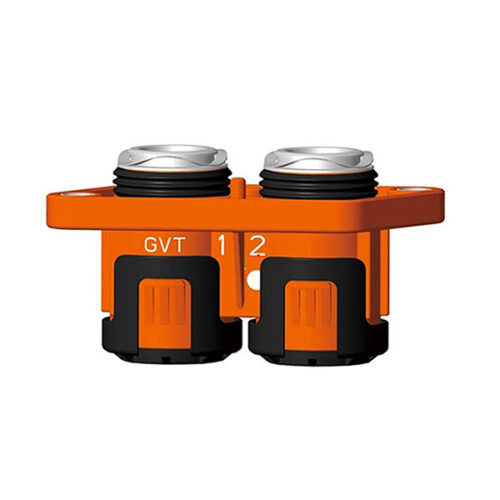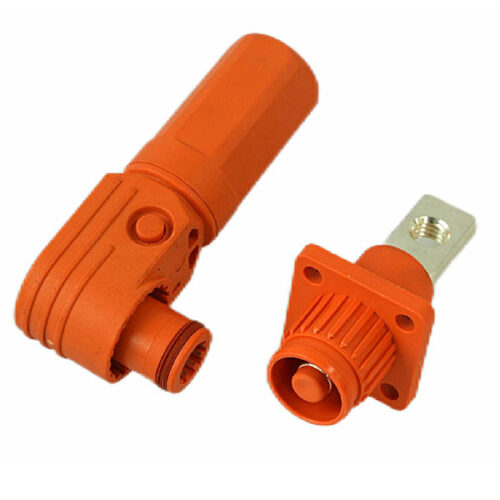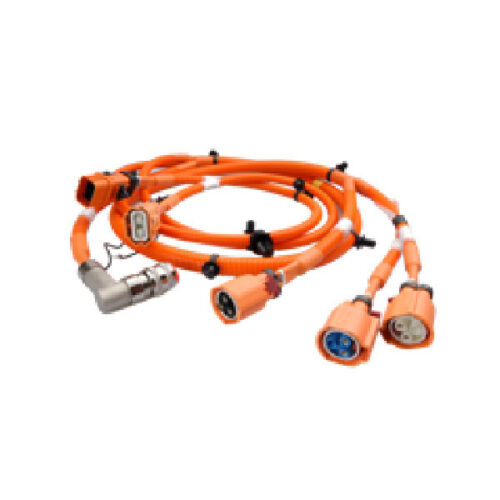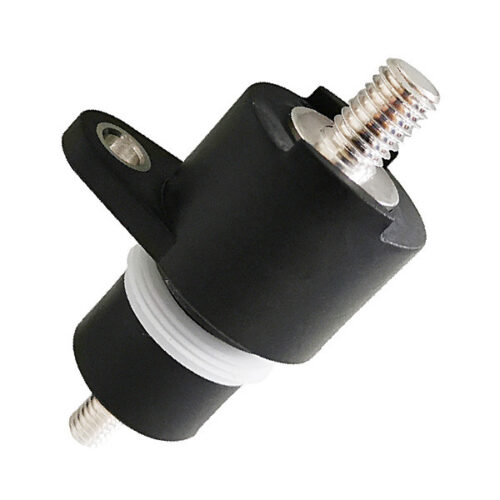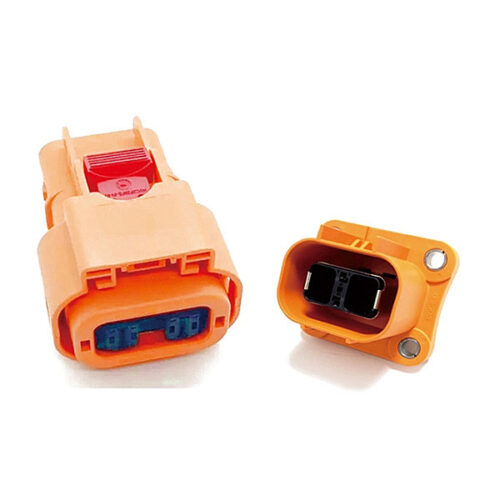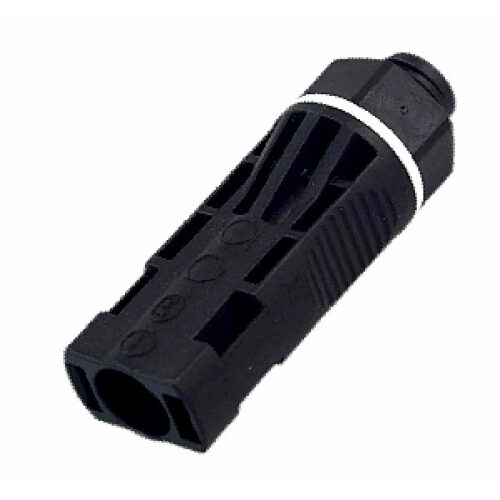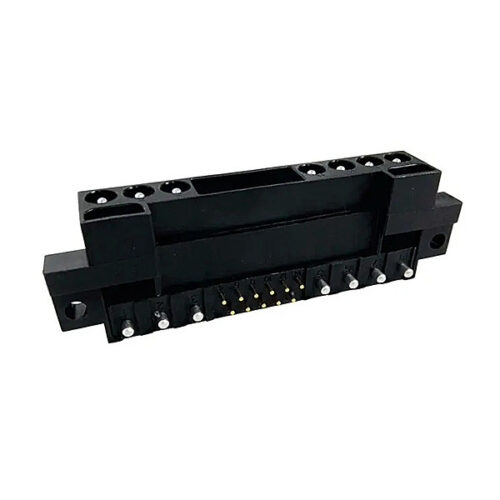Blogs & News
We are focus on automotive wiring harness & connectors technology.
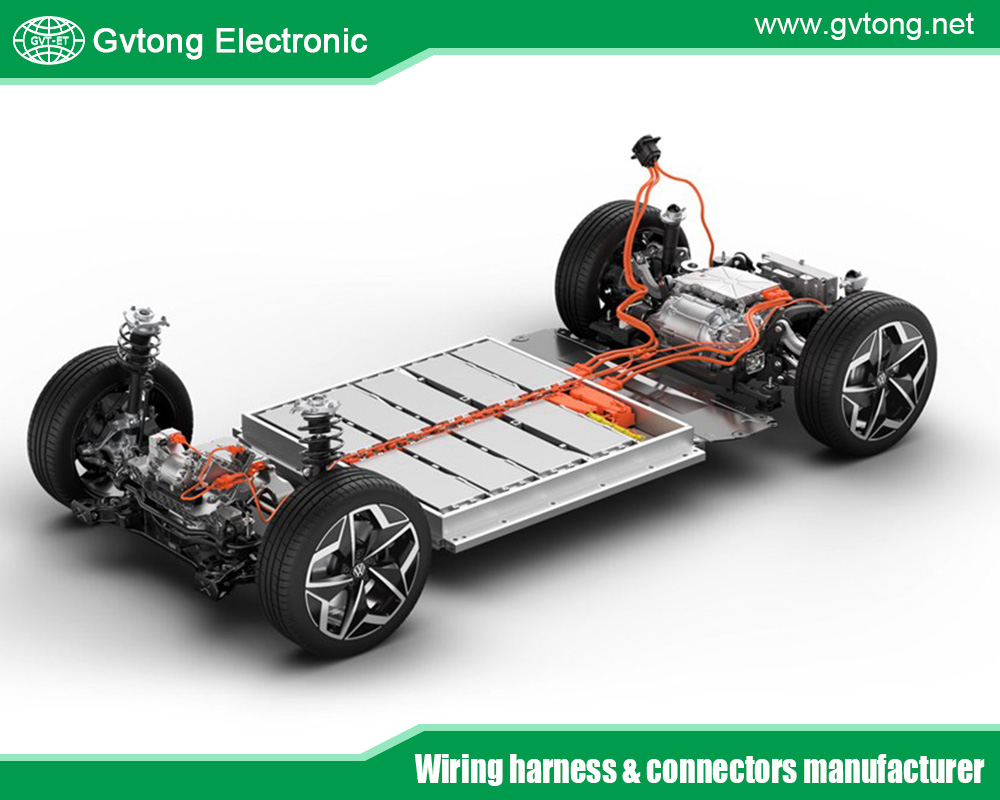
Basic Introduction to 4-Cavity Connectors: Analysis of Core Knowledge
- Gvtong Electronic
- 10-cavity connector factory, 3-cavity connectors, 4-cavity connectors, 4-cavity connectors factory, 4-cavity connectors manufacturer, 4-cavity connectors supplier, 48V board net connectors, 5-cavity connectors system, 6 - cavity connectors market, Automated assembly connectors Cost-effective automotive connectorsMulti-variation connectors, automotive diagnostic connector, Automotive high - frequency connector, automotive High voltage connector, automotive hybrid connector, automotive optical fiber connector, Automotive temperature - resistant connector, Automotive vibration - resistant connector, best 4-cavity connectors China, cavity connectors manufacturer, cavity connectors market, cavity connectors supplier, cavity connectors system, EV charging connectors, OEM-specific connectors, Redundant safety connectors Recyclable material connectors Halogen-free automotive connectors, Thermal management connectors Automotive-grade AEC-Q200 connectors, Wireless charging connectors
- No Comments
Basic Introduction to 4-Cavity Connectors: Analysis of Core Knowledge
In the interconnected world of modern technology, connectors serve as the unsung heroes that enable seamless communication between devices, systems, and components. Among the diverse array of connectors, 4-cavity connectors stand out for their compact design and versatile applications. These connectors, characterized by their ability to house four distinct electrical contacts or terminals within a single housing, play a critical role in industries ranging from automotive to aerospace. Their ability to provide reliable, efficient, and secure connections makes them indispensable in both consumer and industrial applications.
This article offers a comprehensive introduction to 4-cavity connectors, exploring their design, functionality, applications, and future potential. By analyzing the core knowledge surrounding these connectors, we aim to provide readers with a clear understanding of their significance in today’s technology-driven landscape. Whether you’re a professional in electronics, an engineering student, or simply curious about the components that power your devices, this article will serve as a valuable resource for understanding the essentials of 4-cavity connectors.

What Are 4-Cavity Connectors?
A 4-cavity connector is an electromechanical device designed to join electrical circuits by housing four individual contacts or terminals within a single connector body. The term “4-cavity” refers to the four distinct compartments or cavities within the connector’s housing, each of which holds a conductive pin or socket. These connectors facilitate the transmission of power, signals, or data between two or more devices, ensuring reliable connectivity in various environments.
The structure of a 4-cavity connector typically includes several key components:
- Housing: The outer shell, usually made of durable plastic or metal, protects the internal components and provides structural integrity.
- Contacts: These are the conductive elements (pins or sockets) that establish electrical connections. They are typically made of copper, brass, or other conductive materials with coatings like gold or tin to enhance conductivity and resist corrosion.
- Cavities: The four compartments within the housing that secure the contacts in place, ensuring proper alignment and insulation.
- Sealing Mechanisms: Many 4-cavity connectors include seals or gaskets to protect against environmental factors like moisture, dust, or chemicals.
4-cavity connectors come in various forms, including circular connectors (common in industrial applications) and rectangular connectors (often used in automotive wiring harnesses). Their compact size and ability to handle multiple connections make them a popular choice across industries.
Design and Functionality
The design of a 4-cavity connector is a balance of engineering precision and practical functionality. Each component is carefully crafted to ensure reliable performance under diverse conditions. The housing, for instance, is typically made from high-strength thermoplastics or metals like aluminum, chosen for their durability and resistance to environmental stressors such as temperature extremes, vibration, or chemical exposure.
The four cavities are arranged to accommodate specific contact configurations, which may include male pins, female sockets, or a combination of both. The contacts are designed to ensure low electrical resistance and high conductivity, often featuring plating materials like gold for high-performance applications or tin for cost-effective solutions. The cavities are precisely molded to prevent misalignment, ensuring secure and repeatable connections.
Functionally, 4-cavity connectors are engineered to meet specific electrical and mechanical requirements. For example:
- Electrical Properties: These connectors can handle a range of voltages and currents, typically up to 250V and 10A per contact, depending on the design. They are often used for low- to medium-power applications or signal transmission.
- Mechanical Properties: The connectors are designed to withstand repeated mating cycles (e.g., 100–500 cycles) and resist mechanical stresses like vibration or shock.
- Environmental Standards: Many 4-cavity connectors comply with standards like IP67 or IP68, indicating resistance to dust and water ingress, making them suitable for harsh environments.
Industry standards, such as MIL-SPEC (for military applications) or SAE standards (for automotive use), often govern the design and testing of these connectors to ensure consistency and reliability. Manufacturers also incorporate features like locking mechanisms or polarizing keys to prevent incorrect mating, enhancing safety and performance.
Applications of 4-Cavity Connectors
The versatility of 4-cavity connectors makes them a staple in numerous industries. Their compact size and ability to handle multiple signals or power lines within a single unit make them ideal for applications where space and reliability are critical. Below are some key sectors where 4-cavity connectors are widely used:
- Automotive Industry: In modern vehicles, 4-cavity connectors are integral to wiring harnesses, connecting sensors, actuators, and control modules. They are used in systems like engine management, infotainment, and advanced driver-assistance systems (ADAS). Their durability and resistance to vibration and temperature fluctuations make them well-suited for automotive environments.
- Industrial Automation: Factories and manufacturing plants rely on 4-cavity connectors for connecting sensors, motors, and control systems in automated machinery. Their ability to withstand harsh conditions, such as exposure to oils, chemicals, or high humidity, ensures reliable operation in industrial settings.
- Consumer Electronics: In devices like smartphones, cameras, and home appliances, 4-cavity connectors are used for compact, reliable connections. For example, they may connect internal components like displays or battery modules, where space constraints are a primary concern.
- Aerospace and Defense: In aerospace applications, 4-cavity connectors are used in avionics, communication systems, and instrumentation. Their ability to meet stringent MIL-SPEC standards ensures they can perform reliably in extreme conditions, such as high altitudes or rapid temperature changes.
- These diverse applications highlight the adaptability of 4-cavity connectors, making them a critical component in modern technology.
Advantages of 4-Cavity Connectors
4-cavity connectors offer several advantages that contribute to their widespread adoption:
- Compact Design: By housing four contacts in a single unit, these connectors save space, making them ideal for applications with limited real estate, such as automotive wiring or portable electronics.
- Reliability and Durability: Their robust construction and compliance with industry standards ensure long-term performance, even in challenging environments.
- Versatility: 4-cavity connectors can handle a variety of signals (analog, digital, or power), making them suitable for diverse applications across industries.
- Ease of Use: Features like locking mechanisms and polarizing keys simplify installation and reduce the risk of errors during assembly or maintenance.
These benefits make 4-cavity connectors a preferred choice for engineers seeking efficient and reliable connectivity solutions.
Challenges and Limitations
Despite their advantages, 4-cavity connectors are not without challenges. Understanding these limitations is crucial for selecting the right connector for a specific application:
- Manufacturing Complexity: Producing 4-cavity connectors requires precision molding and assembly to ensure proper alignment and insulation of contacts. This can increase production costs, particularly for high-performance connectors with specialized materials.
- Environmental Constraints: While many 4-cavity connectors are designed for harsh environments, extreme conditions (e.g., prolonged exposure to high temperatures or corrosive chemicals) can degrade performance over time.
- Cost Considerations: Connectors with advanced features, such as gold-plated contacts or IP68 sealing, can be expensive, making them less viable for cost-sensitive applications.
Addressing these challenges often requires careful selection of materials, adherence to standards, and ongoing innovation in connector design.
Future Trends and Innovations
As technology evolves, so do the demands placed on connectors. The future of 4-cavity connectors is shaped by several emerging trends:
- Miniaturization: The push for smaller, more compact devices is driving the development of high-density 4-cavity connectors that maintain performance while occupying less space.
- Smart Connectors: Integration with IoT (Internet of Things) systems is leading to the development of “smart” connectors with embedded sensors or diagnostics to monitor performance and detect faults in real time.
- Sustainability: Manufacturers are exploring eco-friendly materials and production processes to reduce the environmental impact of connectors, aligning with global sustainability goals.
These innovations promise to enhance the functionality and applicability of 4-cavity connectors, ensuring their relevance in future technologies.
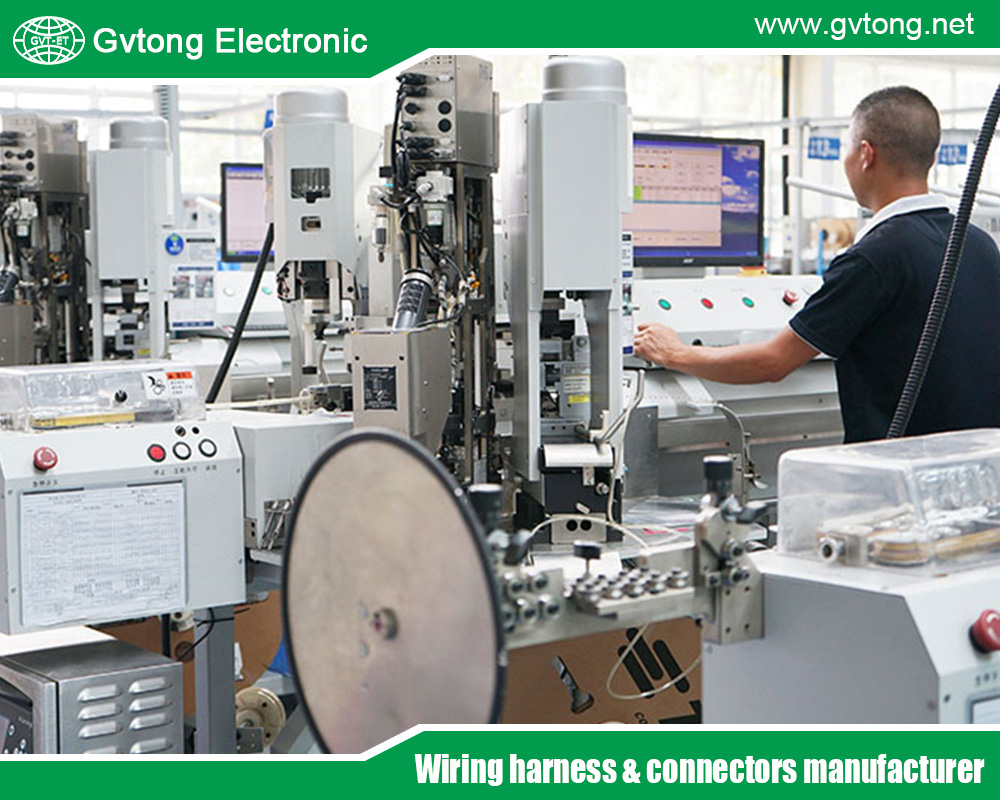
Conclusion
4-cavity connectors may seem like small components, but their impact on modern technology is profound. By enabling reliable, compact, and versatile connections, they play a vital role in industries ranging from automotive to aerospace. Understanding their design, functionality, applications, and challenges provides valuable insight into their significance and potential.
As technology continues to advance, 4-cavity connectors will evolve to meet new demands, from miniaturization to smart connectivity. For engineers, students, and enthusiasts alike, exploring the world of connectors offers a fascinating glimpse into the intricate systems that power our devices and infrastructure. By delving into the core knowledge of 4-cavity connectors, we can better appreciate the engineering marvels that keep our world connected.
For more about the basic introduction to 4-cavity connectors: analysis of core knowledge, you can pay a visit to Gvtong at https://www.gvtong.net/ for more info.

